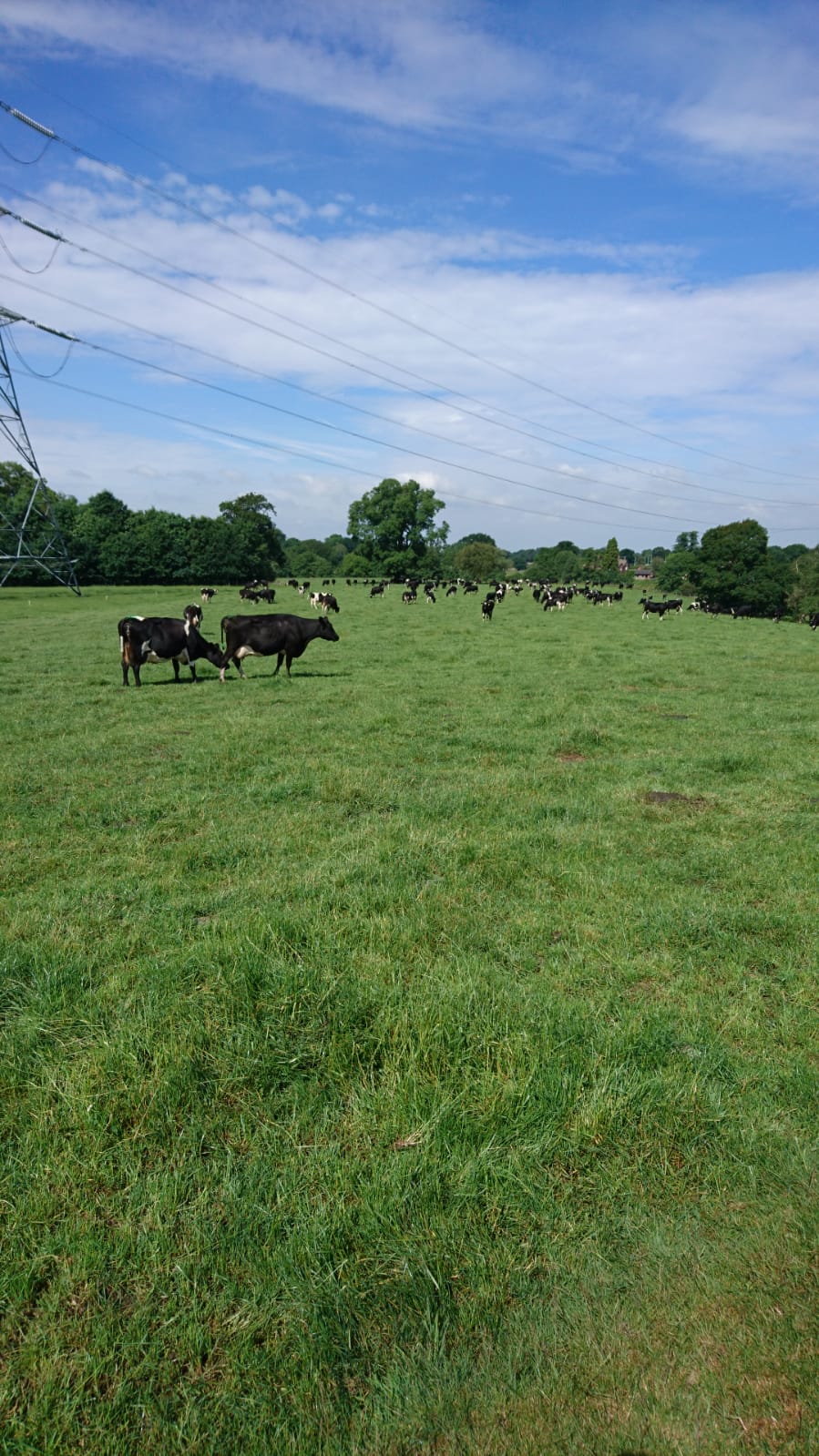- Home
- Knowledge library
- Learning rotational grazing management
Learning rotational grazing management
Learning to manage grass more effectively requires a whole new skill set, according to Cheshire dairy farmer David Wrench.
And it’s one he learned during a two-year course on his own farm because, he says, grass for grazing is a difficult product to manage to get the best returns: “When you harvest and clamp it and dive into it on a daily basis, it’s a bit more predictable.”
David’s business covers 400 cows across two farms, a milking platform of 280 acres (113 ha), plus 200 acres (81 ha) of support land. But starting out with 160 cows, he had decided to cut costs and improve his lifestyle, realising that he needed to make more use of grazed grass. A visit to grazing herds in Ireland was inspiring, yet David says he lacked knowledge to put it into practice at home.
“I think you really need to get the understanding of grass. What I learned was that set stocking doesn’t grow grass: rotationally grazing paddocks does. You need to know when you have got too much grass – and that milk production falls when it’s too long – or too little and you can run out. To me, it’s a whole process that you need to know about and have a real skill set to run a rotational paddock grazing system,” he explains.
A shortage of grassland advice and information at the time prompted David and three other dairy farmers to join together and work with Brian Costello, a dairy farming mentor employed by Grasstec in Ireland. The group met 6–9 times a year for two years and shared the cost, learning on their own farms and hosting twice a year.
“While spring management is extremely important, autumn is even more so because you have to set up the farm right for the following spring to have enough quality grass for turnout. It’s easy to grow and graze grass from April to September, the harder bit is extending the grazing season at the shoulders, but it’s key for this system to succeed,” says David.
“My advice for those thinking of trying rotational grazing is to get out and meet experienced farmers and managers. There are now plenty of good mentors in the UK. Join a grazing group where you can all be on the same page together – and calving pattern shouldn’t stop you from utilising more grazed grass.”
Sign up to the Forage for Knowledge email to receive similar articles weekly
Keep an eye on the campaign activity coming soon on our Grass page


